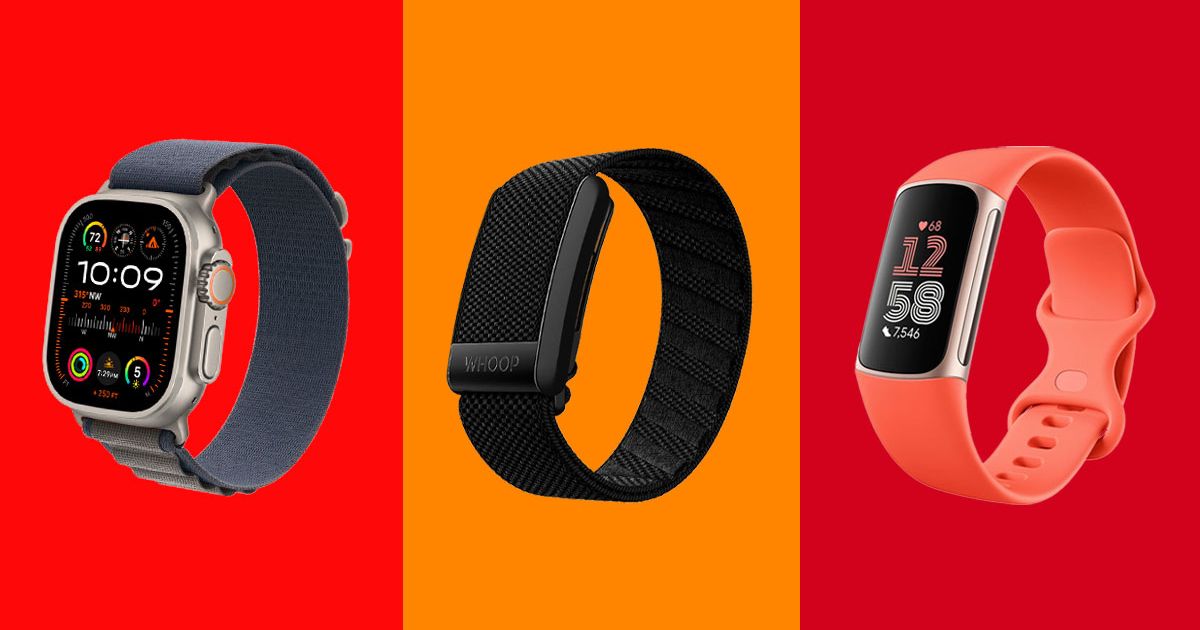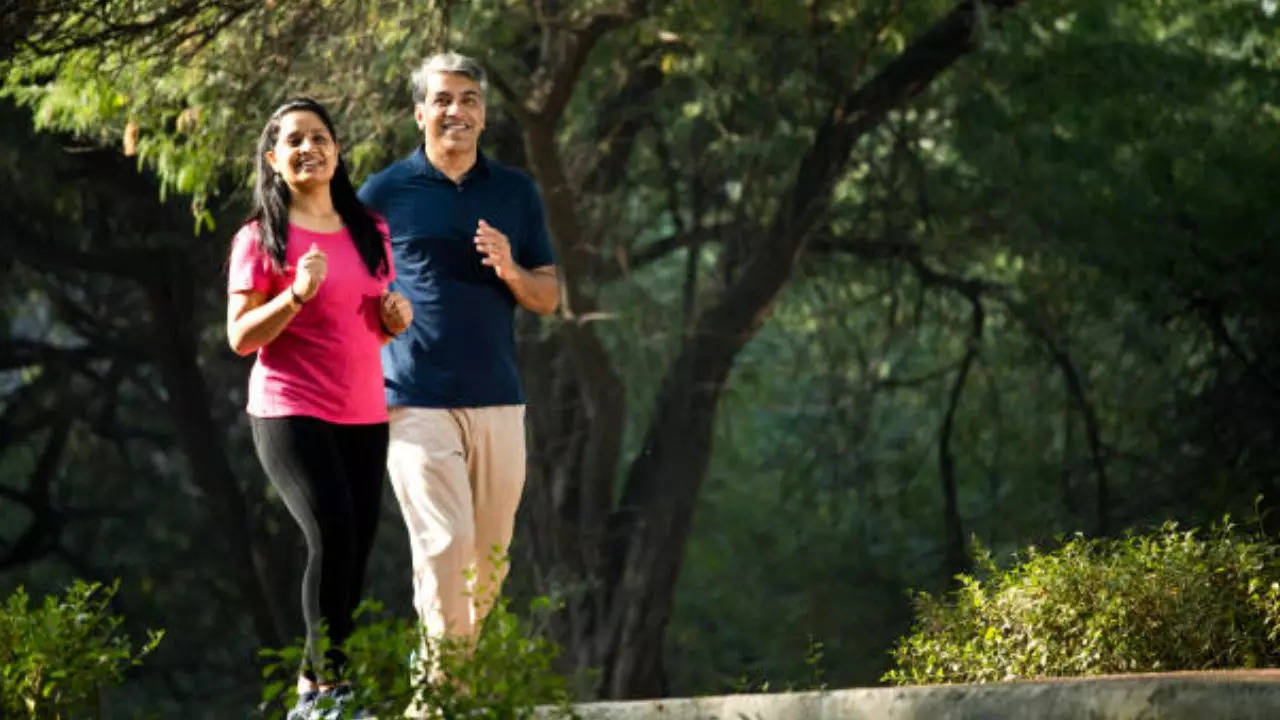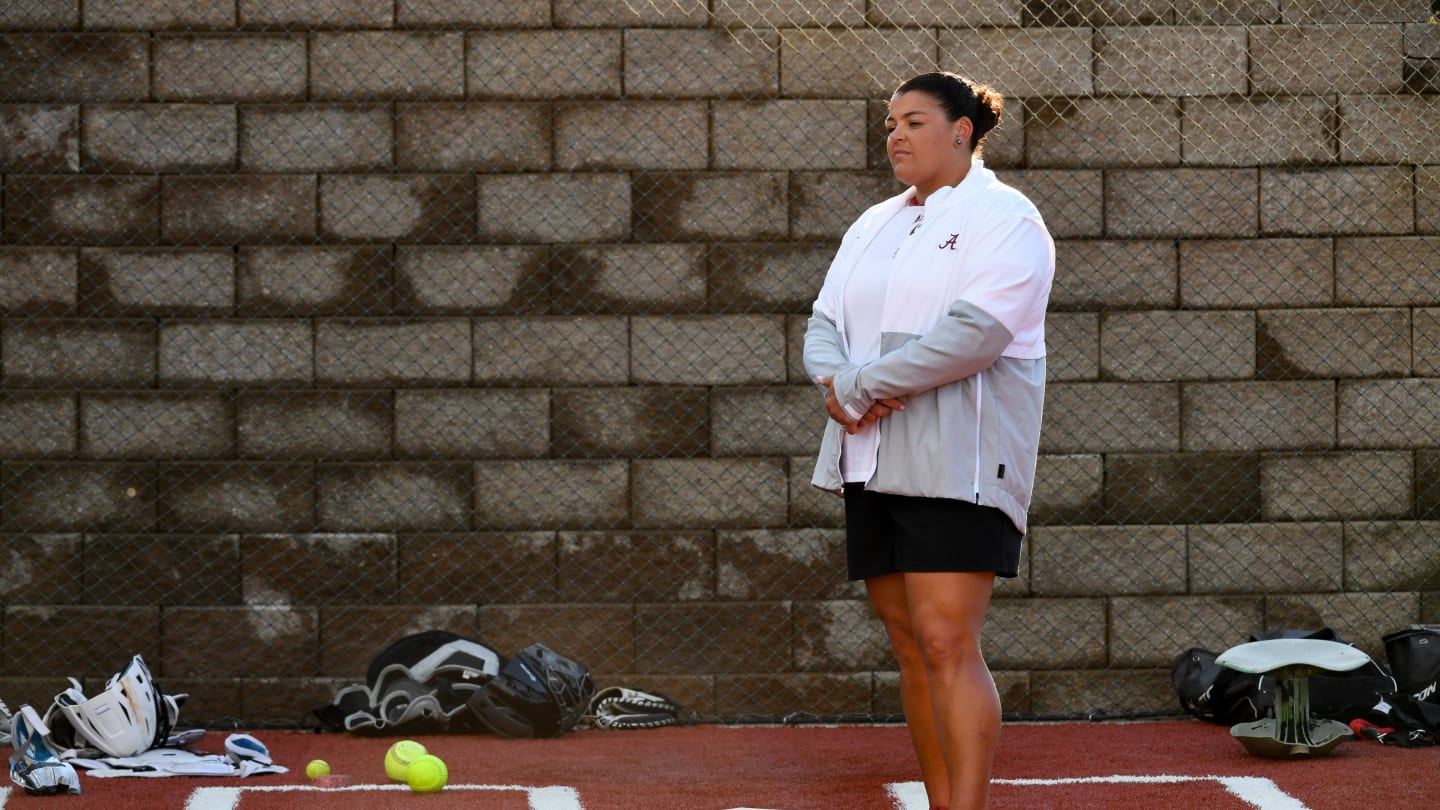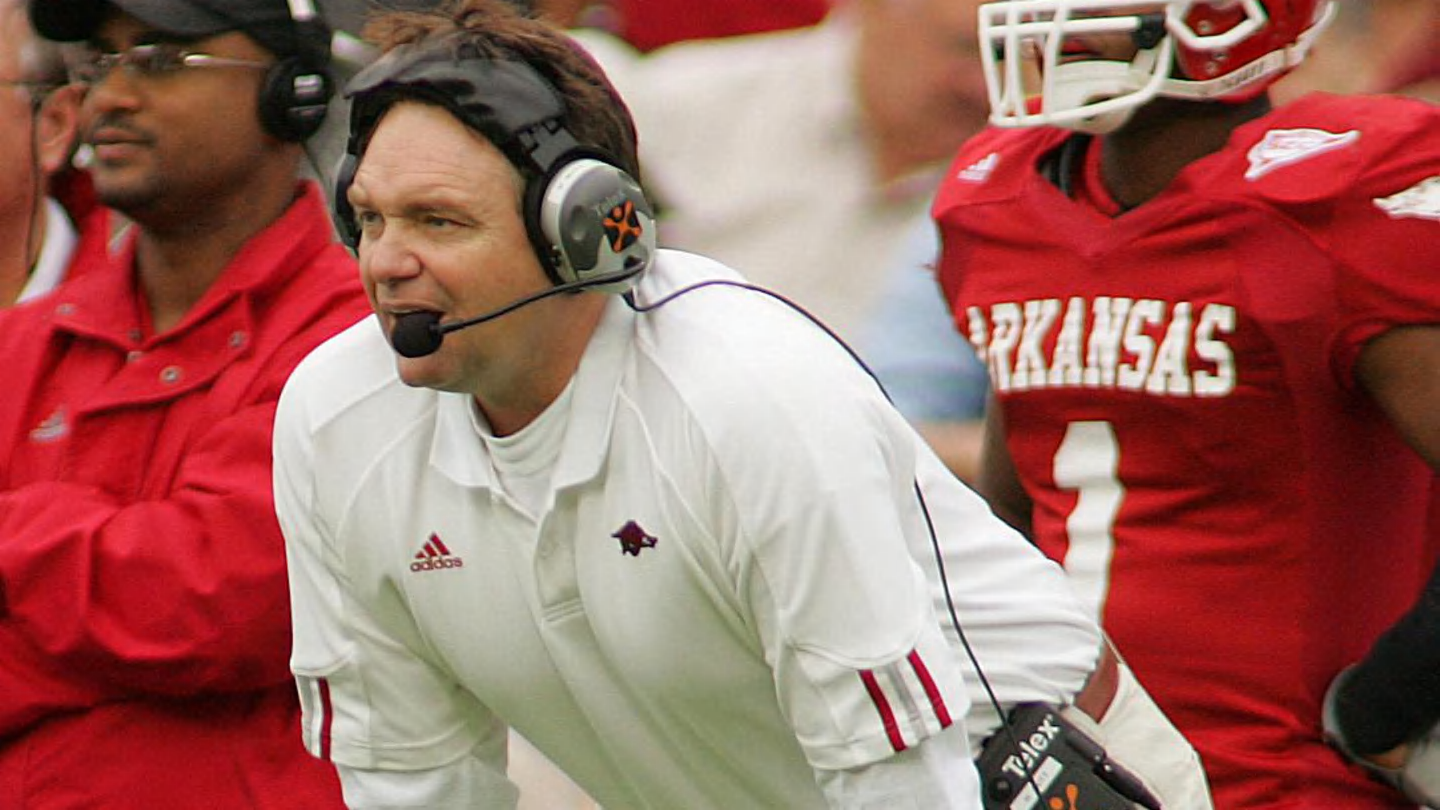STILWELL – Construction began May 30 on the Cherokee Nation’s first major project announced under its Public Health and Wellness Fund Act of 2021.
At a cost of $18.2 million, a 50,000-square-foot, two-story wellness center is being built on farmland next to the Wilma P. Mankiller Health Center in Stilwell.
“Being conscious of your state of wellness is important,” Principal Chief Chuck Hoskin Jr. said during a groundbreaking event. “It’s important for all of us.”
The family-focused wellness center will include outdoor amenities like walking trails, gathering spaces and areas for traditional Native games.
“Not only will this state-of-the-art center have a fitness center, including weights, cardio and basketball court,” Deputy Chief Bryan Warner said, “but it will have a teaching kitchen, a child-watch program, a congregation cafe, batting cage and extended walking track. That is a holistic approach to the things that I know about this community.”
Construction is expected to take 18 months.
“What a day,” District 8 Tribal Councilor Shawn Crittenden said. “This is how it’s supposed to work when Cherokee people bring concerns, needs, ideas, wants to those of us that have been blessed to be in these positions, these leadership roles. What a great, great day to be a small part of, and it’s going on all across the reservation.”
Chief Hoskin signed the Public Health and Wellness Fund Act in fall 2021. At the time, he said that many Cherokees are “struggling with health conditions that we could improve if we give them access to ways to exercise and to eat better and get physically fit.” Also created in 2021, the Cherokee Nation Task Force on Physical Wellness identified Adair County as a priority for increased access to physical activity within the reservation.
The Wellness Fund Act allocates 7% of funds generated by Cherokee Nation Health Services through third-party revenue for substance abuse treatment centers and wellness centers.
Hoskin noted that Adair County tribal councilors and others have often advocated for better access to healthy choices and lifestyles within the reservation. Joshua Sam, one of the two Adair County representatives on the CN Tribal Council, said former councilors like Canaan Duncan and the late Frankie Hargis “laid a path to get to where we are today.”
“You know, I’m blessed to be working with (Crittenden), alongside him in this county because this is our home,” Sam said. “This is our community. These are our people. They are our neighbors, our friends.”
Land for the wellness center was donated to the Cherokee Nation by Jim Carson and Drew Carson, of Adair County.
“Our family is very pleased to provide this land for the Cherokee Nation and especially for this purpose, the wellness center,” Drew Carson said. “It’ll be in good hands at the Cherokee Nation, to develop a vision for wellness in this area.”
The building itself – the first major construction announcement under the 2021 act – will be named in honor of the late Mary L. (Holland) Carson, an original enrollee.
The tribe also recently broke ground on a new Salina Health Center, which will include a 15,000-square-foot wellness center with a cardio and strength training room and group fitness classes, physical therapy services and an outdoor half-mile walking trail. The tribe will eventually replace the Male Seminary Recreation Center in Tahlequah.
Across the reservation, the Cherokee Nation has more than $750 million in infrastructure construction projects in the works.






























